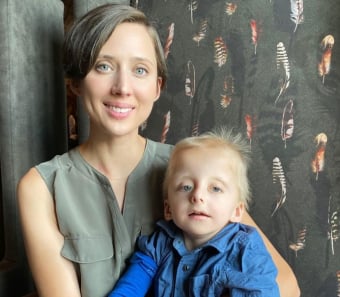Elevated activity of lysosomal hydrolases in plasma is consistent with a diagnosis of mucolipidosis type II/III.
10 days
82657 x2
$400
Mucolipidosis II (ML II), also known as I-Cell disease, and Mucolipidosis IIIA (ML IIIA), also known as Pseudo-Hurler Polydystrophy, are lysosomal storage disorders caused by a deficiency of N-acetylglucosamine-1-phosphotransferase (NAPT). ML II is associated with a more severe course including growth failure and failure to thrive, severe developmental delay, coarse facial features, skeletal anomalies and frequent upper respiratory infections. ML II is often lethal in childhood. ML IIIA is associated with a similar, but milder course with a wider spectrum of features and severity. In ML II and ML IIIA, lysosomal hydrolase enzymes are not properly targeted to the lysosome. Therefore, the enzyme activity of multiple lysosomal hydrolases is increased in plasma and other body fluids.
The activity of 3 lysosomal hydrolases are measured from plasma The assay uses 4-methylumbelliferyl substrates to measure the activities of acid alpha-fucosidase, beta-glucuronidase, hexosaminidase. Prenatal diagnosis and carrier testing via enzyme analysis are not available.
Enzyme activity is measured in plasma. Please send 5-7 ml of whole blood in a green top (sodium heparin) tube, or spin down a whole blood sample, pull off the plasma, and freeze.
Whole blood samples should be shipped at ambient temperature and must arrive at the laboratory the next day. If plasma has been separated and frozen, send frozen via overnight shipping, preferably on dry ice.
Call our laboratory at 1-800-473-9411 or contact one of our Laboratory Genetic Counselors for assistance.
Robin Fletcher, MS, CGC
Falecia Thomas, MS, CGC
Alex Finley, MS, CGC
